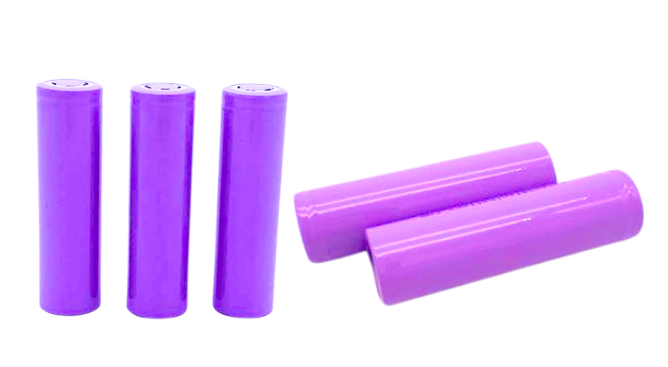What is the typical lifespan of a 18650 lithium battery? How to extend the lifespan of lithium batteries?
Nowadays, lithium batteries are also very popular, and their lifespan is generally two to three years. However, generally speaking, it depends on the usage situation. If the number of charges is around 300-500 times, these are also used as reference values. After all, the discharge degree of lithium batteries is not the same every time, sometimes the discharge path is 10%, and sometimes it is 70%. Therefore, they are all approximate reference ranges.
What is the typical lifespan of a lithium battery?
The lifespan of lithium batteries is not calculated on an annual basis, but on a periodic basis. The lifespan of a lithium battery is "500 times", which means not the number of charging cycles, but one charging and discharging cycle.

At present, all mobile phones use lithium batteries, and the number of cycles for most lithium batteries is generally around 500 times, which means from 0-100 times to one cycle (when the cycle exceeds 100 times, one cycle). After 500 cycles, the mobile phone battery weakens, the internal resistance of the battery increases, and the activity of internal chemical elements decreases, thus entering the rapid consumption stage.
Everyone has had such an experience. An old phone shuts down after making a call while fully charged, which can be understood as the battery running out.
Assuming that the lithium-ion battery is charged and discharged every 2 days, its lifespan can reach 10.96 years
How many years can lithium batteries for mobile phones generally last?
In general, mobile phone batteries will age after two years of use. The batteries used should be genuine original mobile phone batteries, or commercial batteries from well-known brands such as our domestic Hony batteries. If well maintained, it can last for three to four years. It's good to use such a phone battery in the fourth year. Learn more about the maintenance of mobile phone batteries.
According to the lithium battery industry standard, the cycle life of smartphone lithium batteries should be at least 500 times, and better batteries can have 700 times. On average, with 600 cycles and 50% daily charging, it can last for about 1200 days. That's about 3 years.
Of course, just because the number of cycles of a lithium battery has reached, it does not mean that the battery is immediately scrapped. After several hundred cycles of charging and discharging, the battery life will significantly decrease. The battery life of a mobile phone is only about 60% of its new state, which means it may need to be charged in less than half a day. And with the acceleration of charging and discharging frequency, the battery life will be further significantly shortened.
So mobile phone lithium batteries need to be replaced for up to 3 years. If the battery life requirement is high, or in the case of extensive use, this time may be shorter.
How to extend the lifespan of lithium batteries?
Lithium batteries are best discharged partially rather than completely, and frequent full discharges should be avoided as much as possible. Once the battery goes offline, the clock begins to move. Whether you use it or not, the lifespan of lithium batteries is only a few years. The decrease in battery capacity is due to oxidation causing an increase in internal resistance (which is the main reason for the decrease in battery capacity). The resistance of the electrolytic cell will eventually reach a certain point. Although the battery is fully charged at this point, it cannot release the stored electrical energy.
Avoid overcharging the battery. Overcharging lithium-ion batteries in any form can seriously damage battery performance and even cause explosions. Avoid deep discharge below 2V or 2.5V, as this will quickly and permanently damage the lithium-ion battery. Internal metal plating may occur, which can cause short circuits and render the battery unusable or unsafe.
Avoid exposure to high and low temperatures, especially during the charging process. If your phone is burned on the charger, please remove it. Additionally, avoid charging in extremely cold conditions. Extreme temperatures may accelerate the degradation of almost all battery components. As a guide, please do not charge if the temperature exceeds the range of 10-35C.
I hate batteries that are too full or too little. Ideally, you should never let them charge more than 80% or discharge less than 20%, because if either side exceeds the range, it will put pressure on the lithium-ion battery and cause it to degrade. If you need a fully charged battery, please continue to fully charge it and once it reaches 100%, immediately remove it from the charger.
